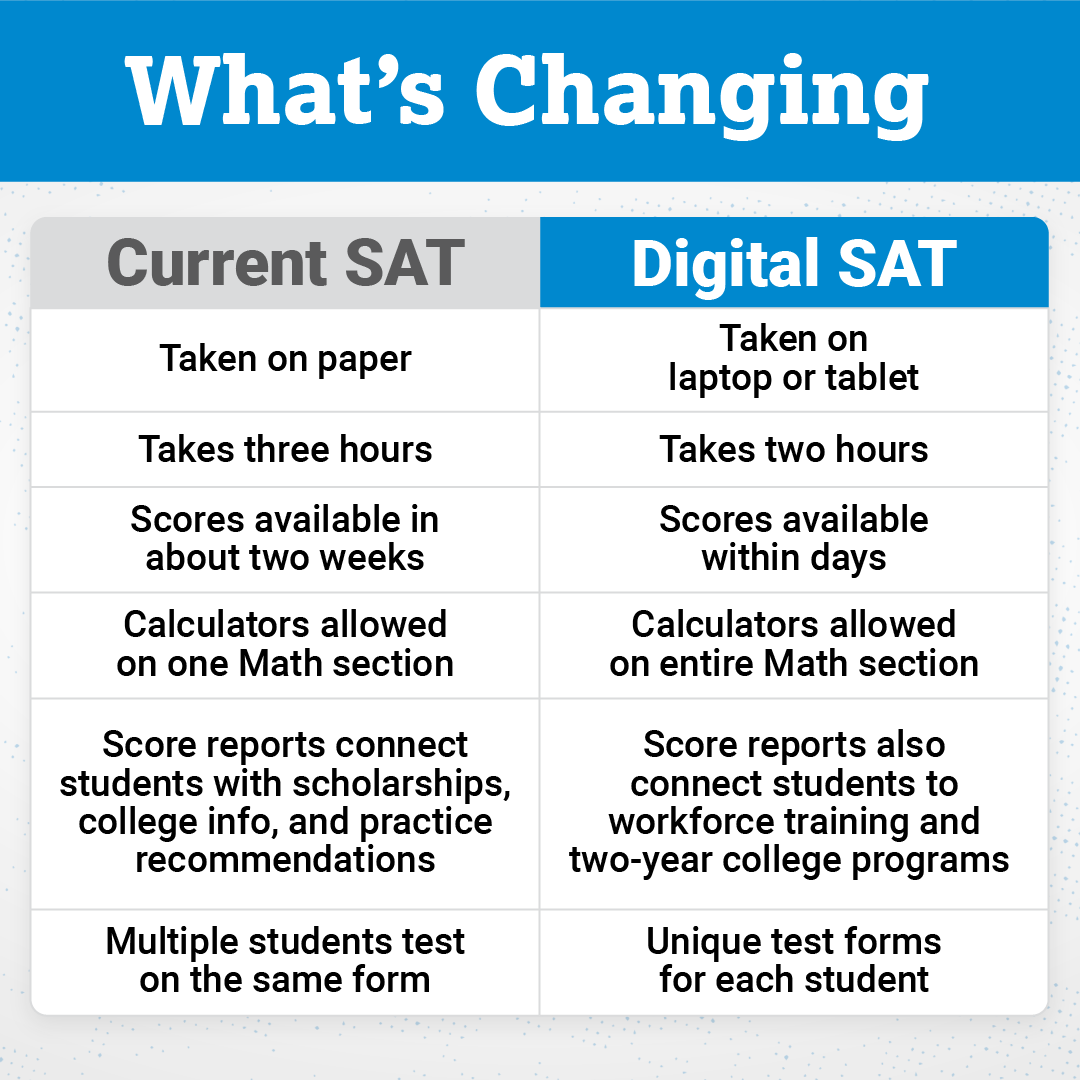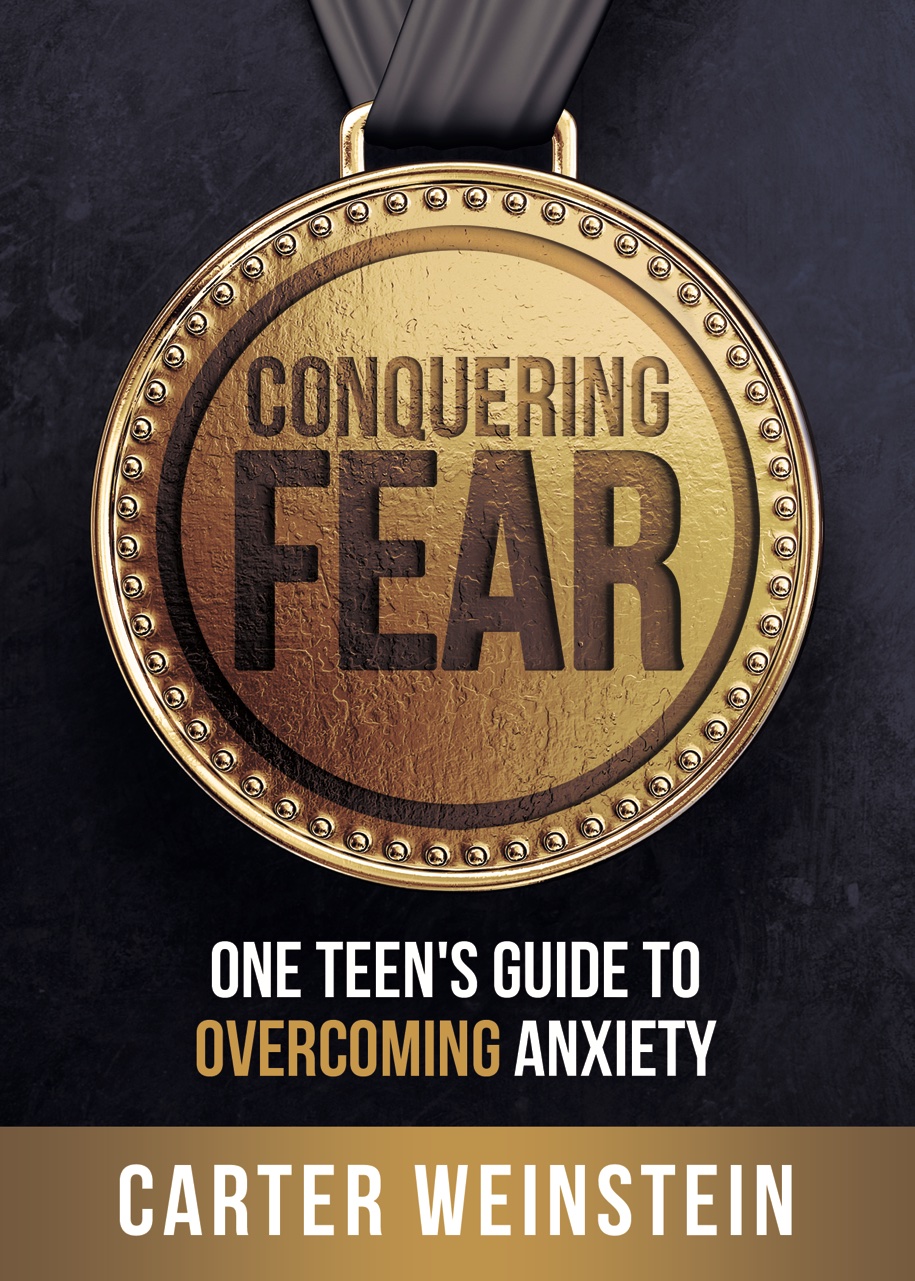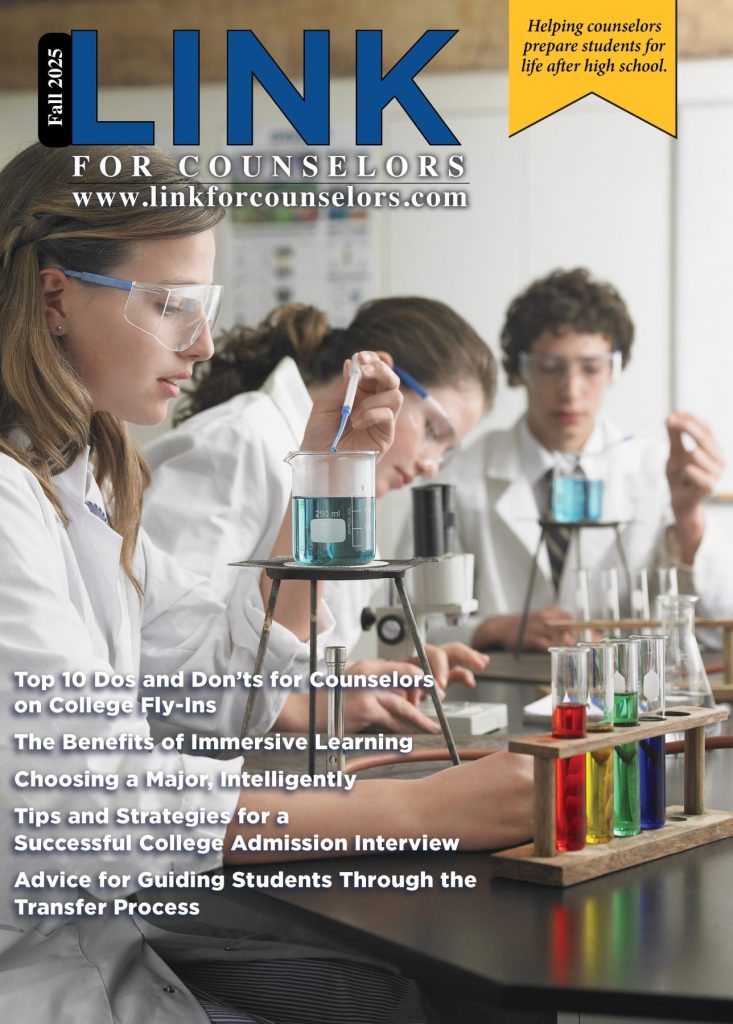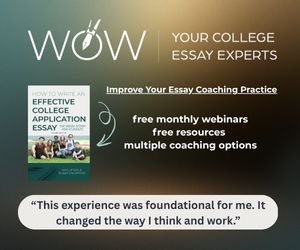Deferring admission (sometimes referred to as deferring enrollment) is the process of choosing a college to attend and postponing the start date for a semester or a year. The college agrees to hold the student’s place in the following year’s freshmen class and the student agrees (by paying a deposit) to attend the college the following year.
Why would a student choose to defer admission?
There are a variety of reasons why a student would choose to defer admission. Some students want to take a gap year to travel, volunteer, work and save money, or complete an internship. Other students might need to take time off before college to address a medical concern or due to responsibilities at home such as working for the family business or caring for younger siblings or a parent who is ill. Additionally, some students might not feel they are “college ready” and need additional time to develop maturity and skills such as independent decision making and time management.
What are the benefits of applying to college during senior year of high school and then deferring admission?
There are several benefits to applying to college during high school and then deferring enrollment rather than waiting until after high school graduation (during the gap year) to apply to college. These include:
- While in high school, the student has ready access to many of the resources needed to apply to college. For example, the school counselor is available to answer questions about the process of applying and assist in building the college list. It is also convenient to ask for letters of recommendation from teachers after class.
- The momentum provided by peers who are also applying to college can serve as a motivator.
- The student’s gap year experience will not be interrupted by the process of applying to college.
- The student will be able to execute their plans for the year after high school in comfort, knowing they have been accepted at a college they want to attend.
- Parents are often reassured by a college acceptance and commitment by their child to attend college. The worry that their child will lose the motivation to attend college during the gap year is alleviated by having a definite college plan.
- The student might change their mind about the gap year and want to attend college the following fall. It will be a great relief that their applications were submitted and they are on track for receiving acceptances.
Can students take courses at another college during the deferral period?
Colleges vary in their rules regarding taking courses at other colleges during the deferral period. Many do not allow students who have deferred admission to enroll at another college full-time or as a degree-seeking student. Some colleges will limit the number of courses a student can take at another institution, even if they are not enrolled as a full-time student. Students who choose to study at a community college or state university during a deferral may have to reapply as a transfer student in order to receive college credit for the courses they took during the deferral period.
Make sure to ask about the rules for taking courses at another college and avoid assuming that you will be able to do so during a deferral. Also, inquire about the process for ensuring the credits will transfer and be useful towards obtaining a degree.
What is the process of applying for a deferral?
The process to apply for a deferral varies across colleges. However, in general, students will be asked to submit their request to defer admission in writing and, if granted by the college, the deferral will apply for no more than one year. Students may be asked for a confirmation of their plans during their gap year. Some colleges grant deferrals to all students who request them, while others make a decision to grant deferrals on a case-by-case basis. Colleges who grant some deferral requests, but not others, are looking for a “good reason” for making the request. Examples of acceptable reasons for a deferral could include travel, volunteer work, employment to pay for college, the student’s health and family concerns. Once a deferral is granted, the student will need to send a deposit (if they haven’t already) to hold their place in the following year’s freshmen class. The amount of the deposit will vary depending on the college.
Students should call the admissions office of the college where they would like to defer enrollment and ask for specific details of the requirements and timeline for requesting a deferral.
What questions should students ask about deferring enrollment?
What is the process of applying for a deferral?
What documentation is required?
Is my application likely to be approved?
Is there a deadline for requesting a deferral?
Will my financial aid award (including scholarships) be affected? Will I need to fill out the FAFSA again? Will money I earn during my gap year affect my award?
What do I have to do to reenter the college? Are there deadlines for housing, registration, and orientation that I should be aware of?
Am I permitted to take courses at another college or university during the deferral period and if I do, will the course credit I receive be recognized toward graduation or other requirements?
Are there any downsides to applying to college and then deferring admission?
It is possible that a student will be a more competitive applicant after they complete a gap year. The gap year experience could provide students with the skills and experiences that colleges seek in applicants. These new experiences could inspire a student to write a winning college essay. Overall, a gap year experience could enhance a college application enough to move the student from the deny to the accept pile.
In addition, students will grow and change as a result of the gap year experience. As students learn more about themselves, they may realize what type of college would be best for them. Students might also identify a new major and career to pursue that they were not aware of in high school. The gap year experience could inform the student’s choice of which colleges may be a good fit for them. Had they applied and made an early commitment to college, they may land in the wrong place.
How can I learn more?
Deferring enrollment is just one of many topics Michelle McAnaney, founder of The College Spy, will be discussing in College Admissions 101, a live online course being taught on Sunday evenings in February. The course is meant for parents of students in grades 9, 10 and 11. Students are also welcome to attend. To learn more about this course and register click here.
Deferring admission (sometimes referred to as deferring enrollment) is the process of choosing a college to attend and postponing the start date for a semester or a year. The college agrees to hold the student’s place in the following year’s freshmen class and the student agrees (by paying a deposit) to attend the college the following year.
Why would a student choose to defer admission?
There are a variety of reasons why a student would choose to defer admission. Some students want to take a gap year to travel, volunteer, work and save money, or complete an internship. Other students might need to take time off before college to address a medical concern or due to responsibilities at home such as working for the family business or caring for younger siblings or a parent who is ill. Additionally, some students might not feel they are “college ready” and need additional time to develop maturity and skills such as independent decision making and time management.
What are the benefits of applying to college during senior year of high school and then deferring admission?
There are several benefits to applying to college during high school and then deferring enrollment rather than waiting until after high school graduation (during the gap year) to apply to college. These include:
- While in high school, the student has ready access to many of the resources needed to apply to college. For example, the school counselor is available to answer questions about the process of applying and assist in building the college list. It is also convenient to ask for letters of recommendation from teachers after class.
- The momentum provided by peers who are also applying to college can serve as a motivator.
- The student’s gap year experience will not be interrupted by the process of applying to college.
- The student will be able to execute their plans for the year after high school in comfort, knowing they have been accepted at a college they want to attend.
- Parents are often reassured by a college acceptance and commitment by their child to attend college. The worry that their child will lose the motivation to attend college during the gap year is alleviated by having a definite college plan.
- The student might change their mind about the gap year and want to attend college the following fall. It will be a great relief that their applications were submitted and they are on track for receiving acceptances.
Can students take courses at another college during the deferral period?
Colleges vary in their rules regarding taking courses at other colleges during the deferral period. Many do not allow students who have deferred admission to enroll at another college full-time or as a degree-seeking student. Some colleges will limit the number of courses a student can take at another institution, even if they are not enrolled as a full-time student. Students who choose to study at a community college or state university during a deferral may have to reapply as a transfer student in order to receive college credit for the courses they took during the deferral period.
Make sure to ask about the rules for taking courses at another college and avoid assuming that you will be able to do so during a deferral. Also, inquire about the process for ensuring the credits will transfer and be useful towards obtaining a degree.
What is the process of applying for a deferral?
The process to apply for a deferral varies across colleges. However, in general, students will be asked to submit their request to defer admission in writing and, if granted by the college, the deferral will apply for no more than one year. Students may be asked for a confirmation of their plans during their gap year. Some colleges grant deferrals to all students who request them, while others make a decision to grant deferrals on a case-by-case basis. Colleges who grant some deferral requests, but not others, are looking for a “good reason” for making the request. Examples of acceptable reasons for a deferral could include travel, volunteer work, employment to pay for college, the student’s health and family concerns. Once a deferral is granted, the student will need to send a deposit (if they haven’t already) to hold their place in the following year’s freshmen class. The amount of the deposit will vary depending on the college.
Students should call the admissions office of the college where they would like to defer enrollment and ask for specific details of the requirements and timeline for requesting a deferral.
What questions should students ask about deferring enrollment?
What is the process of applying for a deferral?
What documentation is required?
Is my application likely to be approved?
Is there a deadline for requesting a deferral?
Will my financial aid award (including scholarships) be affected? Will I need to fill out the FAFSA again? Will money I earn during my gap year affect my award?
What do I have to do to reenter the college? Are there deadlines for housing, registration, and orientation that I should be aware of?
Am I permitted to take courses at another college or university during the deferral period and if I do, will the course credit I receive be recognized toward graduation or other requirements?
Are there any downsides to applying to college and then deferring admission?
It is possible that a student will be a more competitive applicant after they complete a gap year. The gap year experience could provide students with the skills and experiences that colleges seek in applicants. These new experiences could inspire a student to write a winning college essay. Overall, a gap year experience could enhance a college application enough to move the student from the deny to the accept pile.
In addition, students will grow and change as a result of the gap year experience. As students learn more about themselves, they may realize what type of college would be best for them. Students might also identify a new major and career to pursue that they were not aware of in high school. The gap year experience could inform the student’s choice of which colleges may be a good fit for them. Had they applied and made an early commitment to college, they may land in the wrong place.
Michelle McAnaney is the founder of The College Spy, a full service independent educational consulting firm that assists students and families across the US and internationally with the college selection and application process. Prior to founding The College Spy, Michelle was a guidance counselor and educator for more than 15 years, including serving as the Director of Guidance at two high schools, an adjunct college professor and a GED tutor. Michelle holds a master’s degree in school counseling and a bachelor’s degree in human development. She completed UC Irvine’s certificate program in educational consulting and is a MBTI (Myers-Briggs Type Indicator) Certified Practitioner and a NLP (Neuro-Linguistic Programming) Master Practitioner. Michelle visits over 40 colleges each year so that she has first-hand knowledge of the colleges and universities her clients will be considering. You can find her on Facebook, Twitter, Instagram, LinkedIn.
How can I learn more?
Deferring enrollment is just one of many topics Michelle McAnaney, founder of The College Spy, will be discussing in College Admissions 101, a live online course being taught on Sunday evenings in February. The course is meant for parents of students in grades 9, 10 and 11. Students are also welcome to attend. To learn more about this course and register click here.
















